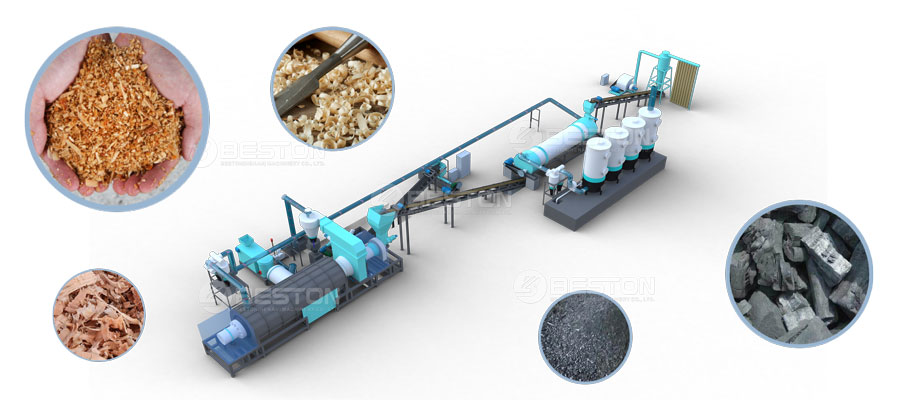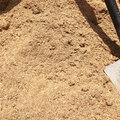Carbonization is a process used to convert various forms of agricultural and municipal waste, including sawdust, coconut shells, straw, and rice husks, into clean biomass fuel and other marketable products. This process involves heating biomass waste in an oxygen-deprived chamber to extremely high temperatures, leading to the conversion of waste into solid porous carbon.
Many people are unaware of the significant amount of waste generated by the agriculture industry worldwide on a daily basis. Every time trees and crops are harvested and processed, a substantial amount of waste is produced, such as sugarcane bagasse, sawdust, peanut shells, and various other forms of biomass waste. Traditionally, this waste has been either fed to livestock or incinerated. However, the waste has limited nutritional value, making it less than ideal as livestock feed. View the how to make charcoal from sawdust waste.

Incinerating agricultural waste can be harmful to the environment. Fortunately, modern sawdust charcoal making machines incorporate emission-free carbonization furnace technology, which can transform agricultural waste into high-quality biochar fuel briquettes without harming the environment. Various types of these machines are available for purchase online, offering configurations to suit a range of budgets.
Biochar fuel briquettes produced through sawdust carbonization have a high carbon content. This high carbon content results in minimal smoke production when the briquettes are burned, making them an excellent fuel for outdoor cooking grills. Additionally, biochar fuel briquettes serve as excellent soil additives due to their dense micronutrient profile and strong antimicrobial properties. When used as a soil additive, these briquettes help prevent root diseases and significantly increase crop yields.
So, how does a sawdust charcoal making machine operate? The process is relatively straightforward. Sawdust and other biomass-based waste are automatically fed into a sealed carbonization furnace, where they are heated in an oxygen-free environment to high temperatures. The absence of oxygen leads to the carbonization of the waste rather than combustion. The additional by-products produced by a charcoal making machine may include tar and wood vinegar. Both tar and wood vinegar, like biochar fuel briquettes, can be easily sold in the global market for substantial profits. For instance, wood vinegar is commonly used as an ingredient in commercial pest repellents and soil fertilizers.
Biochar carbonization machines designed to process sawdust are available from multiple manufacturers, and prices can vary significantly. Therefore, conducting thorough research is essential. If you are looking to establish a biomass waste processing facility, choosing the right type of carbonization furnace is critical. Some technical parameters to consider when comparing different sawdust charcoal making machines include working method, reactor size, reactor pattern, operating pressure, expected operational lifespan, space requirements, cooling method, and maximum hourly feeding capacity. Cost is also a crucial factor to consider, and Beston's sawdust charcoal making machines are among the most cost-effective options in the industry.

